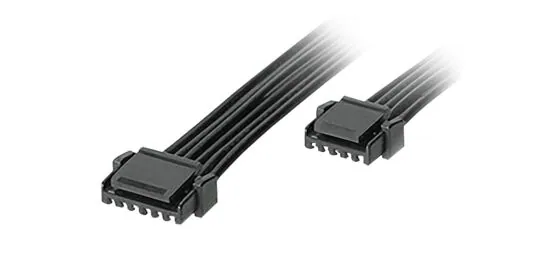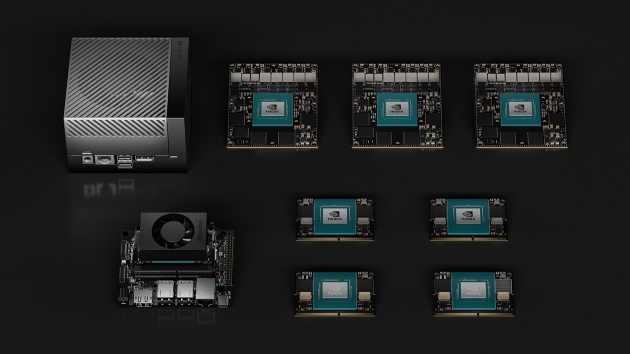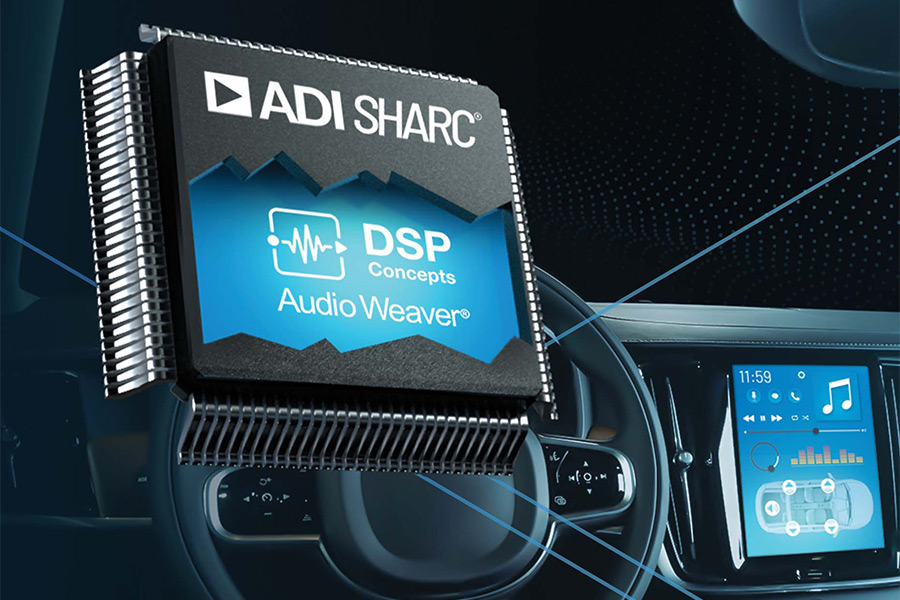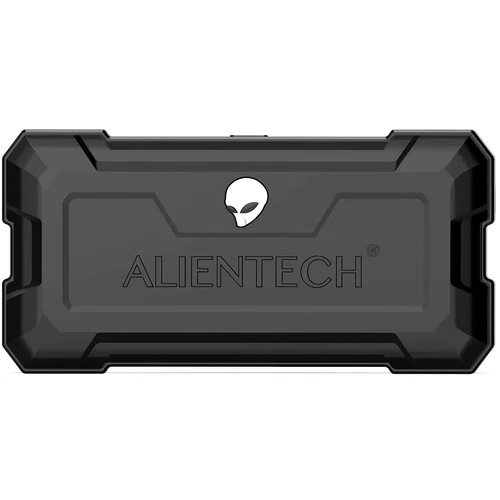The quest for alternative power sources continue to dominate headlines in the automotive world. Electric vehicles (EVs) are the fastest-growing sector of the automotive market, yet electrification is just one technology changing how cars are built and used today.
Alongside the growth of electric power, advanced technology is changing how cars and trucks interact with others on the road. As vehicles become more connected, advanced driver assistance systems (ADAS) are playing a bigger role in improving road safety and pushing self-driving technology closer to real-world use.
ADAS technologies detect and interpret the vehicle’s surroundings, allowing it to navigate safely to its destination. This same technology is changing the environment inside the car, and these solutions are redefining how drivers and passengers interact with the vehicle’s interior space.
Today’s sophisticated in-cabin vehicle features—such as cameras, sensors, displays and dynamic lighting—require vibration-resistant connectors with high power and signal density. In this blog, we explore how vehicle electronics are becoming increasingly advanced and interconnected.
The Cabin as a Digital Hub
Vehicle entertainment systems have evolved almost beyond recognition. The car radio was first introduced almost a century ago, but remained a simple device for many years. Mounted as an afterthought into the dashboard, the car radio was separate from the vehicle controls.
Fast forward to present day, the car radio is now one component in a suite of electronics that goes far beyond entertainment. It now forms part of an integrated infotainment system designed to improve occupant safety and well-being.
Drivers are provided with a wide range of application-specific controls, as well as advanced navigation, monitoring and communication systems. These controls integrate with ADAS to improve situational awareness. Simple backup cameras have been integrated with or replaced by comprehensive electronic systems powered by a vast array of sensors.
Collected and processed in real time, this information is presented via advanced displays. Once restricted to the aerospace industry, multi-function and head-up displays (HUDs) alert the driver to potential hazards without causing distraction.
Connected Driving Experience, Customized
Technologies that power smartphones have also found their way into vehicle design. Introducing Bluetooth® into vehicles enabled the connection between phone and car, but even this once-groundbreaking technology has now developed further. Today, the car is a communications hub, using the latest 5G network to become part of the Internet of Things (IoT). The driver’s smartphone seamlessly connects using ultra-wideband (UWB) technology, serving as a digital key and integrating their data to make the car an extension of daily life.
This integration of in-vehicle systems allows the drivers’ and passengers’ conditions to be customized like never before. Environmental controls that were once simple air vents can now be controlled with a smartphone. Additionally, air conditioning, seat adjustment and the audio soundscape combine to create pleasant and relaxing cabin surroundings.
This evolution has led to the vehicle cabin being referred to as the “third living space.” The modern vehicle cabin is designed to do more than move passengers; it supports productivity, comfort and connectivity. The car has become more of a destination where drivers can relax or work in conditions that cater to their personal preferences. Achieving this interconnectivity and customization requires advanced electronic systems capable of handling continuous data flow.
The in-vehicle experience is not limited to relaxation and entertainment, however. While ADAS sensors direct their attention outside to identify road hazards, those inside are aimed at the driver. These monitor the driver’s physiology—including eye movements, head position and even facial expression—to ensure their attention remains focused on the road.
Car or Data Center?
The next-generation car requires so much processing power that it has been described as a data center on wheels. Every new feature introduced in a vehicle requires power and data, which for decades meant adding new wires to the cable harness. The proliferation of advanced features in modern vehicles and their high data demands have driven designers to reevaluate traditional cable harnessing. Cable harnesses are heavy, complex and labor-intensive to manufacture. This has led to a new concept referred to as zonal architecture.
Zonal architecture replaces the point-to-point cable harness with a network. The vehicle is divided into zones, each with its own controller. From anti-lock brakes to lighting clusters and even battery management systems, these controllers govern the functions in their areas and communicate with the central computer. This link has more in common with computer networks than traditional in-car electronics. Despite their sophistication, they must also survive the harsh conditions found on today’s roads, including extremes in temperature, shock and vibration.
Providing the power and data links for these systems, as well as an extensive array of switch, lighting and infotainment controls, requires connectors that are compact and robust. The Molex Micro-Lock Plus Connectors (Figure 1) are designed for tight spaces and to meet the demands of automotive systems.

Designed for reliability, Micro-Lock Plus connectors come in 1.25mm and 2.00mm pitches and include a positive lock that clicks into place, ensuring proper connection and protection against vibration.
For infotainment displays with expanding roles in handling entertainment, navigation, climate control and phone connectivity, the Molex Pico-Clasp Wire-to-Board Connectors provide high signal density in a compact package. The low mating and unmating forces make connections easy and reliable for automotive manufacturers and end users, and the positive lock ensures secure mating retention to prevent accidental unmating in harsh environments.
Advanced automotive features depend on getting power to every subsystem in each zone. The Molex Micro-Fit Connector System delivers power to automotive subsystems in a compact package. With support for 8.5A of current per contact and a 3.00mm pitch, Micro-Fit connectors available through Mouser simplify wiring harnesses with high power density in a convenient package, all while ensuring reliable connections.
Conclusion
Vehicles have evolved into sophisticated, data-driven platforms. The importance of reliable communications and efficient harness design has never been greater. Sensors integrated with ADAS contribute to vehicle safety, while personalized settings improve driver comfort and user engagement.
Traditional wiring solutions no longer meet the demands of the next generation of automotive design. Choosing lightweight, compact and robust connectors is essential. Molex solutions draw upon decades of engineering expertise in the automotive industry to deliver innovative solutions like the Micro-Lock Plus series. Combining reliability, performance and ease of use, Molex connectors enable the seamless integration of advanced electronics that define the evolution of modern vehicle architecture.
Molex brings together innovation and technology to deliver electronic solutions to customers worldwide. With a presence in more than 40 countries, Molex offers a full suite of solutions and services for many markets, including data communications, consumer electronics, industrial, automotive, commercial vehicle and medical.
Author
David Pike




